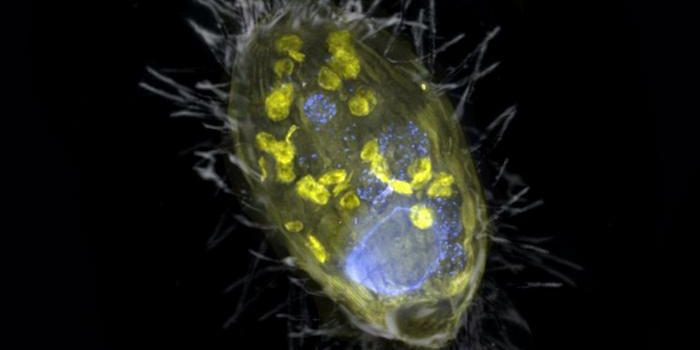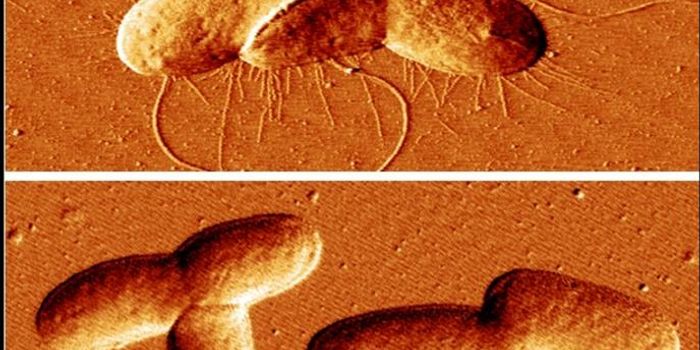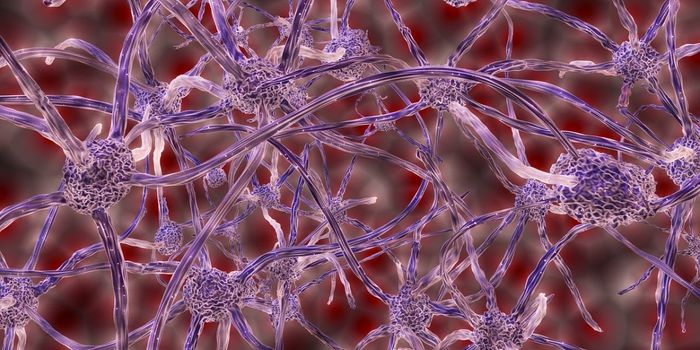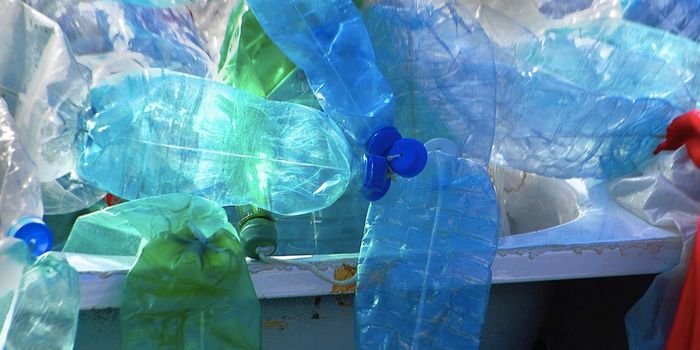Diamond Nanothread Created Using "Thread-Directing" Nitrogen Atoms
Researchers made a breakthrough in the creation of diamond nanothreads.
Led by Samuel Dunning and Timothy Strobel, researchers at Carnegie Science have developed a new technique to create diamond nanothreads. The paper was published in the Journal of the American Chemical Society in January.
Diamond nanothreads are one-dimensional carbon chains with the strength of diamonds but the flexibility of plastic. Usually, scientists subject small carbon rings to high pressure to create the bonds found in diamonds. However, instead of creating a lattice, the threads are surrounded by hydrogen atoms, and the C-H bonds make the cable flexible.
“Because the nanothreads only have these bonds in one direction, they can bend and flex in ways that normal diamonds can’t,” Dunning said.
Scientists theorize that the unique properties of these nanothreads will have a range of valuable applications, “from providing sci-fi-like scaffolding on space elevators to creating ultra-strong fabrics,” a press release from Carnegie Science explained.
However, because nanothreads are traditionally made from 6-carbon rings (benzenes), the carbon atoms can undergo chemical reactions with one another, making the configuration of the nanothread unpredictable. Dunning and Strobel’s team decided to use pyridazine, rings of four carbon atoms and two nitrogen atoms. The two nitrogen atoms remove possible reaction sites from the ring and make the reaction more predictable.
After successfully modeling the reaction on computer simulations, researchers compressed a drop of pyridazine between two diamonds in an anvil. Using infrared spectroscopy and x-ray diffraction, researchers observed the formation of the first pyridazine diamond nanothread.
The type of reaction pathway using non-carbon atoms to guide the formation of nanothreads is what Dunning calls “thread directing.” This research shows how thread-directing groups can be used to form chemically precise nanothreads, which is what Dunning and his team will be investigating in the future. They want to test a variety of possible nanothread precursors and begin putting their nanothreads to the test to determine more of their practical uses.
Sources: Carnegie Science, Journal of the American Chemical Society








